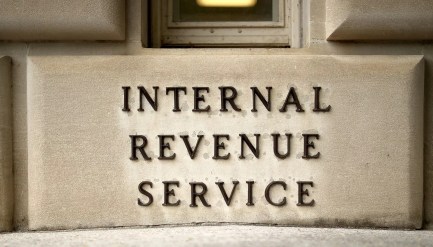Have you ever been driving and run out of gas? If so, it’s unlikely that you have done it more than a few times. It usually only takes one or two instances of the inconvenience, concern, and sometimes even embarrassment to help people remember to keep a closer eye on the fuel gauge.
The dashboard of your vehicle provides vital information. In addition to monitoring how much gas you have, the dashboard helps you ensure that you’re not speeding and that all of your car’s major systems are working properly.
A dashboard report serves the same purpose for a church. It takes pages of reports and summarizes the key data into one page of information, mostly in the form of graphs and charts. This report helps you keep an eye on essential information and alerts you when things begin to deviate from the norm. When prepared properly, it can also engage board members who may have been disinterested in operational or “business” matters.
Getting started
While there are software programs available to facilitate the creation of dashboard reports, Excel is all you need to get started. The simple graphing feature in Excel will allow you to create graphs or charts of various data and select the size and location you desire on a page.
Start by identifying the information you want to include. Keep in mind that this will change over time, so it doesn’t need to be perfect at the beginning. Consider the types of key financial and nonfinancial data your board and leadership ask for or monitor, as well as the information you believe they should focus on.
What information is needed?
Here are some pieces of financial and nonfinancial information you may choose to include:
- Cash availability. It is imperative for church leaders to have a clear understanding of the difference between the cash balance and the cash available for use. This can be done simply by reflecting the cash balance less any current amounts due (including upcoming payroll), as well as amounts that are held for restricted purposes.
- Budget versus actual amounts. A bar graph can provide an easy, visual way to show the budgeted and actual amounts of revenues and expenses and can help readers see if the church is ahead or behind where they expected to be financially.
- Categories of expenses. A pie chart displaying what percentages of total expenses have been used for personnel costs, facilities, ministry, interest, or other areas may be useful for many.
- Average contribution per attendee. Monitoring this data may enable you to budget for the future more effectively or encourage the congregation by showing what they have given.
- Key ratios. This could include information such as days of cash on hand or current assets compared to current liabilities.
- Attendance trends. How many people attended last week, last month, or last year?
- Decisions for Christ. Monitoring the numerical growth or decline of the church is just one indicator of success. You may choose to keep leaders informed of the number of lives that have been changed.
- Missions trips. If your church is heavily involved in missions, you may want to show the number of missions trips that have occurred or how many individuals from the church have participated.
Tips for creating an effective report
Here are a few key points to remember in implementing or maintaining a dashboard report:
- Keep it succinct. The saying “less is more” applies here. Including too much information will defeat the purpose of this report.
- Keep it visual. You may decide to include a couple of items in numeric format, but this should not be a sheet of facts and figures. People often respond better to visual information and will likely be more engaged in any ensuing discussion as a result.
- Keep it clutter-free. There are many fancy things you can do with color and lines and graphics. Don’t! This will just become a distraction. Make sure there is ample white space throughout the page and that any text is large enough to easily read.
- Keep it trendy. This doesn’t mean you need to use the newest gadget or social media to present the information. This means you can tell a lot about where a church is going and what the financial needs and resources will be by monitoring trends. Consider how you can include this type of information to assist in the decision-making process.
- Keep it relevant. Make sure you ask the users of the dashboard report for input. It should include the information they find helpful. This will change over time as the needs of the church change as well as the people and personalities on the board or committees.
Give it a try, give it time
I encourage you to give this reporting method a try. As with anything new, it will take time to get the report exactly the way you want it and to train the readers. The end result, however, is likely to be better discussion, with more focus on the key areas of church management and less on inconsequential items. You’ll also save a lot of time and effort previously spent on printing and preparing lengthy board packets!



















